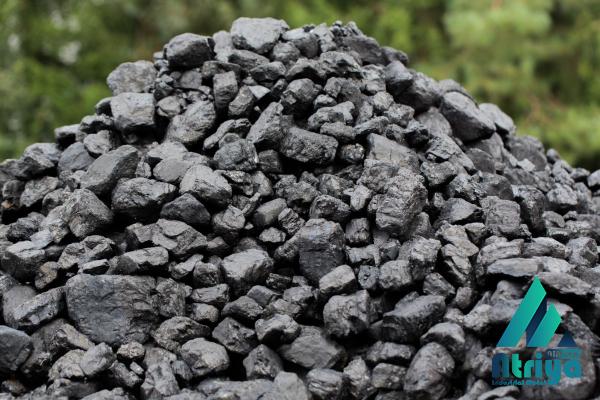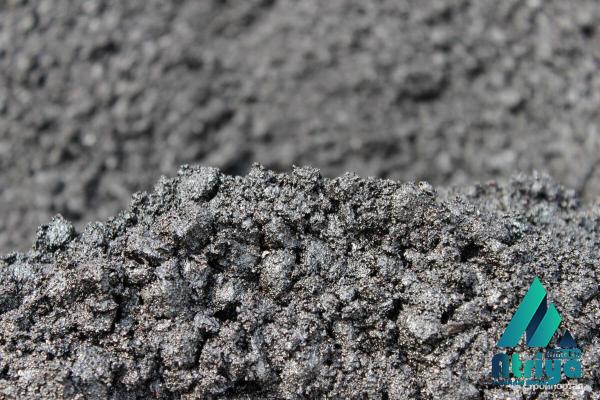Hot Briquetted Iron (HBI) is an increasingly popular alternative to traditional iron production methods. As a compacted form of direct-reduced iron (DRI), HBI offers numerous advantages in terms of transport, handling, and storage. Understanding the various types of HBI and their corresponding pricing can help businesses make informed decisions when buying this commodity. Types of Hot Briquetted Iron: 1. Standard HBI: Standard HBI is the most commonly available type in the market. It is produced from the direct reduction of iron ore using natural gas, resulting in a compacted iron briquette with high carbon content. 2. Low Carbon HBI: Low carbon HBI is produced by using alternative reducing agents such as hydrogen or a combination of natural gas and hydrogen, resulting in a briquette with significantly lower carbon content. This type of HBI is suitable for industries requiring lower carbon emissions.
iron
 3. High Carbon HBI: High carbon HBI is produced through the direct reduction of iron ore with natural gas, resulting in a briquette with higher carbon content. It is typically used in processes where carbon content plays a crucial role, such as in steelmaking. Pricing Factors: When determining the price of hot briquetted iron, several factors come into play: 1. Raw Material Costs: The cost of the iron ore is a significant determinant of HBI pricing. Fluctuations in the global iron ore market can directly impact HBI prices. 2. Production Costs: The cost of processing iron ore into HBI, including the energy and labor expenses, affects the overall price of the final product. Efficiency in production processes can help lower these costs. 3. Market Demand and Supply: The balance between demand and supply in the HBI market can influence its pricing. Increased demand or limited supply can drive prices higher, while oversupply can lead to lower prices.
3. High Carbon HBI: High carbon HBI is produced through the direct reduction of iron ore with natural gas, resulting in a briquette with higher carbon content. It is typically used in processes where carbon content plays a crucial role, such as in steelmaking. Pricing Factors: When determining the price of hot briquetted iron, several factors come into play: 1. Raw Material Costs: The cost of the iron ore is a significant determinant of HBI pricing. Fluctuations in the global iron ore market can directly impact HBI prices. 2. Production Costs: The cost of processing iron ore into HBI, including the energy and labor expenses, affects the overall price of the final product. Efficiency in production processes can help lower these costs. 3. Market Demand and Supply: The balance between demand and supply in the HBI market can influence its pricing. Increased demand or limited supply can drive prices higher, while oversupply can lead to lower prices.
Specifications of iron
 4. Quality and Specifications: The quality and specifications of HBI, such as carbon content, moisture level, and chemical composition, can impact its pricing. Higher-quality HBI with stricter specifications may command a premium price. HBI Price Ranges: The price of hot briquetted iron can vary depending on several factors, including the ones mentioned above. As of [current date], the price range for standard HBI is approximately [price range] per metric ton. Low carbon HBI, due to its more specialized production process, may carry a premium of [premium percentage] over the standard variety. Conversely, high carbon HBI may be priced [price range] per metric ton due to its specific applications.
4. Quality and Specifications: The quality and specifications of HBI, such as carbon content, moisture level, and chemical composition, can impact its pricing. Higher-quality HBI with stricter specifications may command a premium price. HBI Price Ranges: The price of hot briquetted iron can vary depending on several factors, including the ones mentioned above. As of [current date], the price range for standard HBI is approximately [price range] per metric ton. Low carbon HBI, due to its more specialized production process, may carry a premium of [premium percentage] over the standard variety. Conversely, high carbon HBI may be priced [price range] per metric ton due to its specific applications.
buy iron
 Conclusion: Buying hot briquetted iron requires a comprehensive understanding of the different types available and their corresponding pricing. Factors such as raw material costs, production costs, market demand and supply, and quality specifications all contribute to the final price. By considering these factors, businesses can make informed decisions when purchasing HBI for their operations, ensuring the best value for their investment.
Conclusion: Buying hot briquetted iron requires a comprehensive understanding of the different types available and their corresponding pricing. Factors such as raw material costs, production costs, market demand and supply, and quality specifications all contribute to the final price. By considering these factors, businesses can make informed decisions when purchasing HBI for their operations, ensuring the best value for their investment.











Your comment submitted.